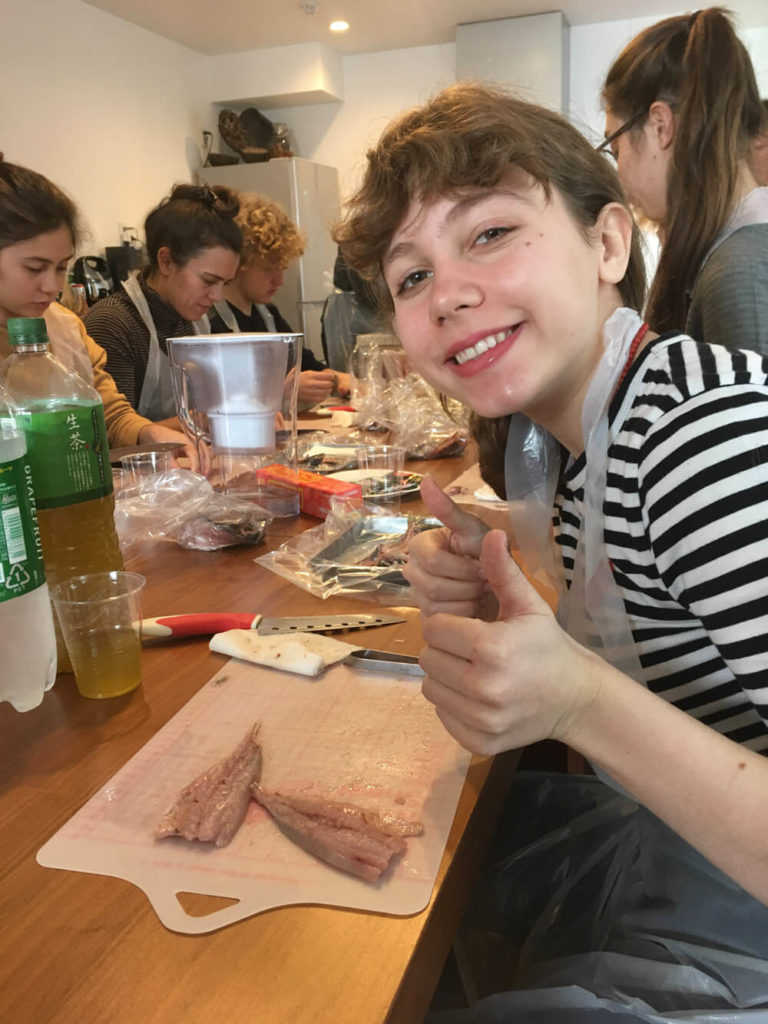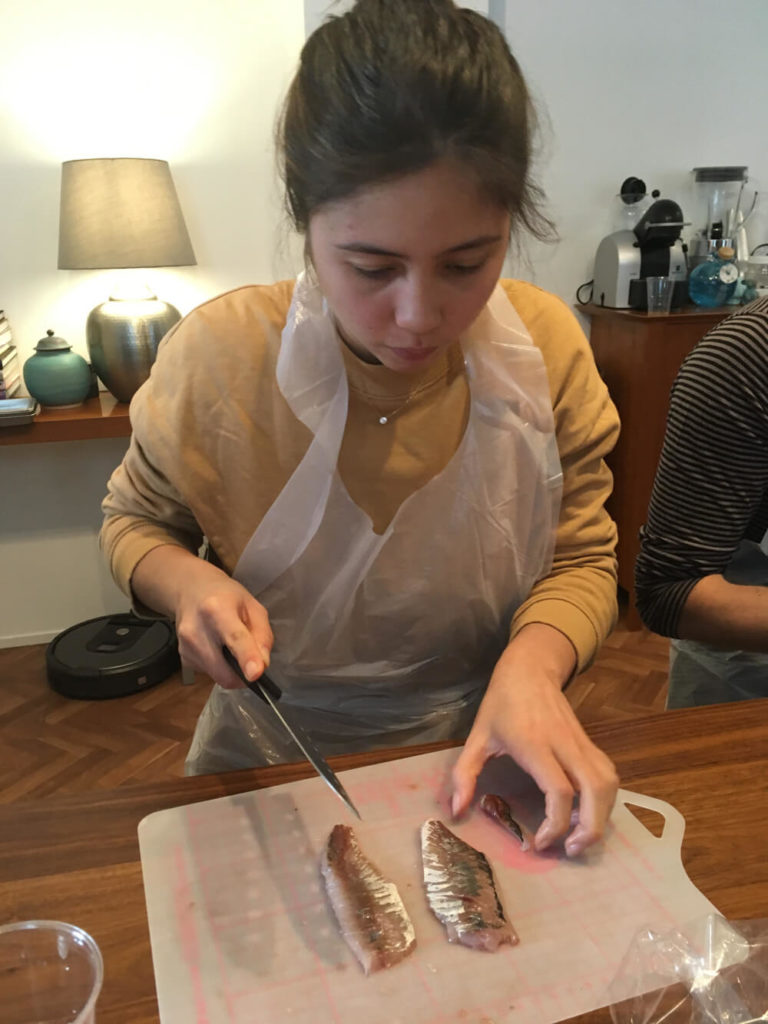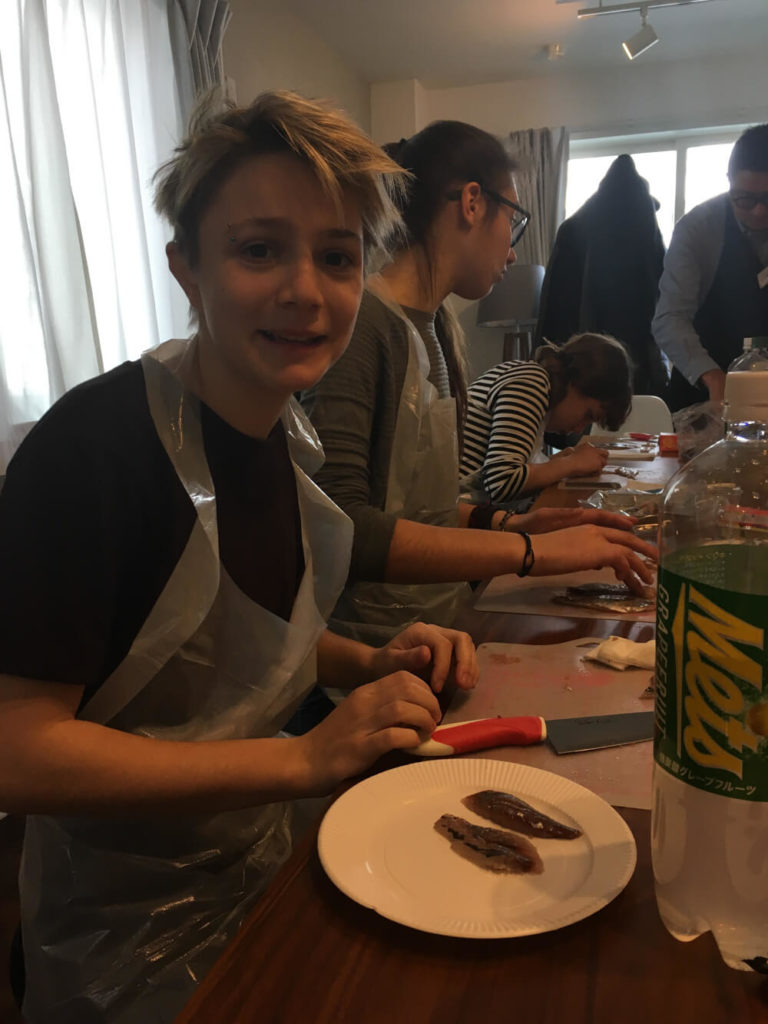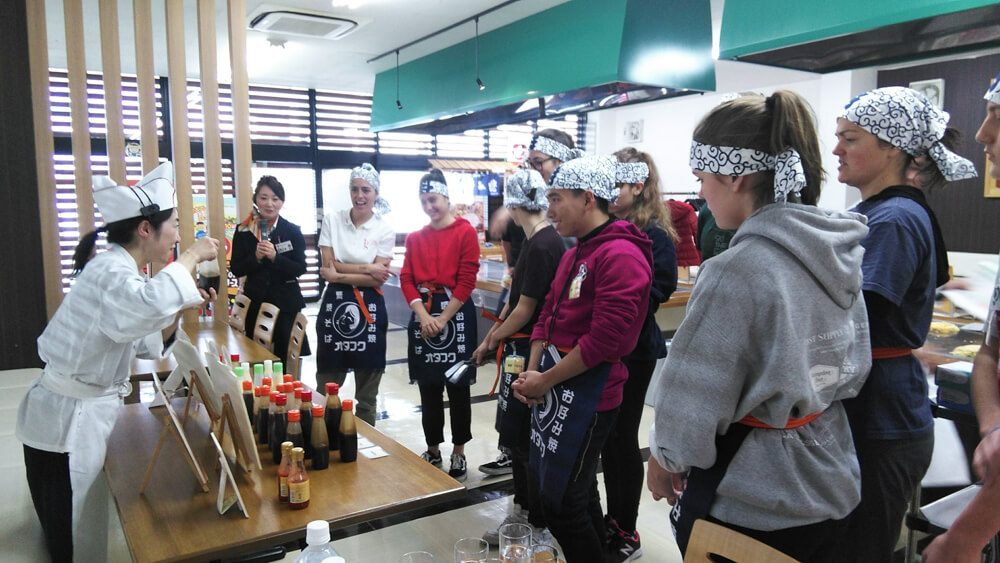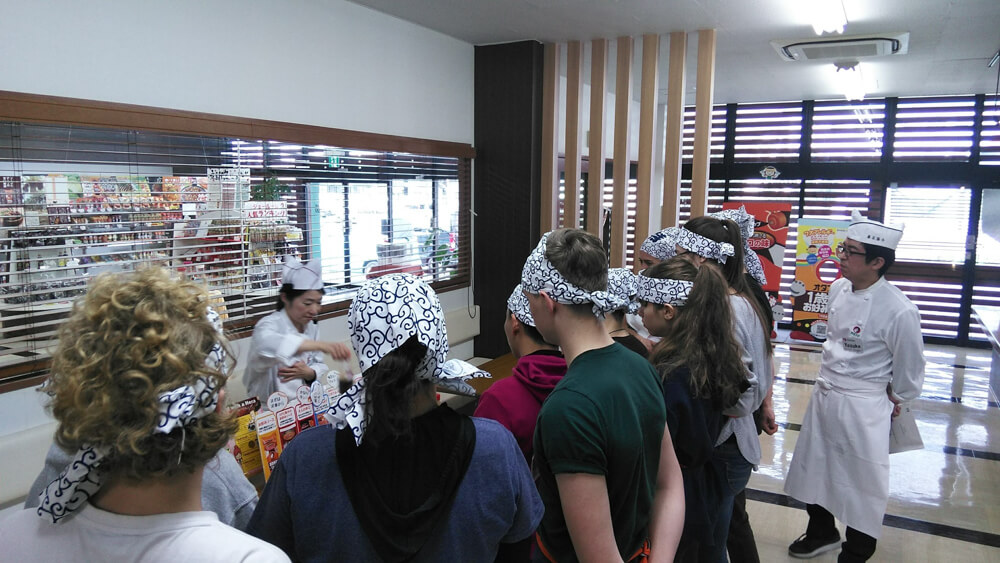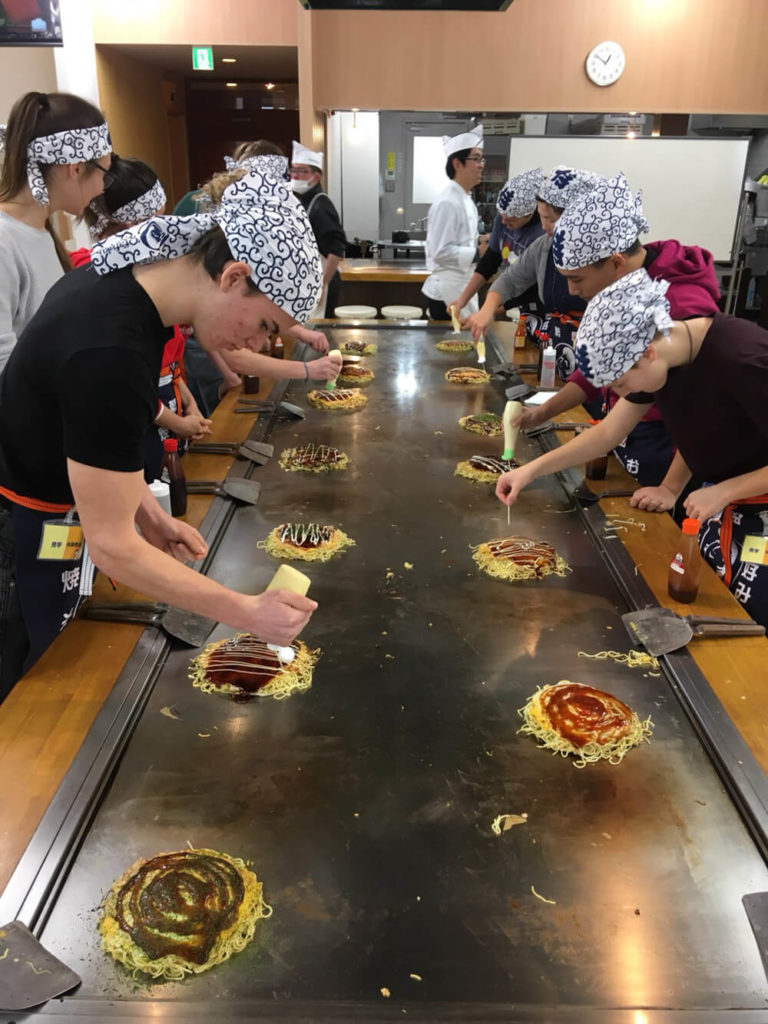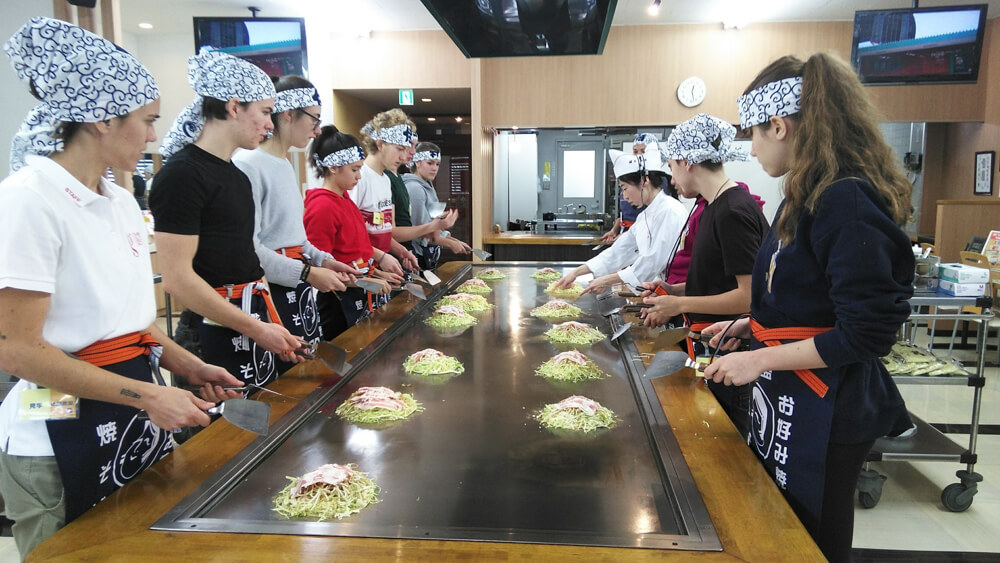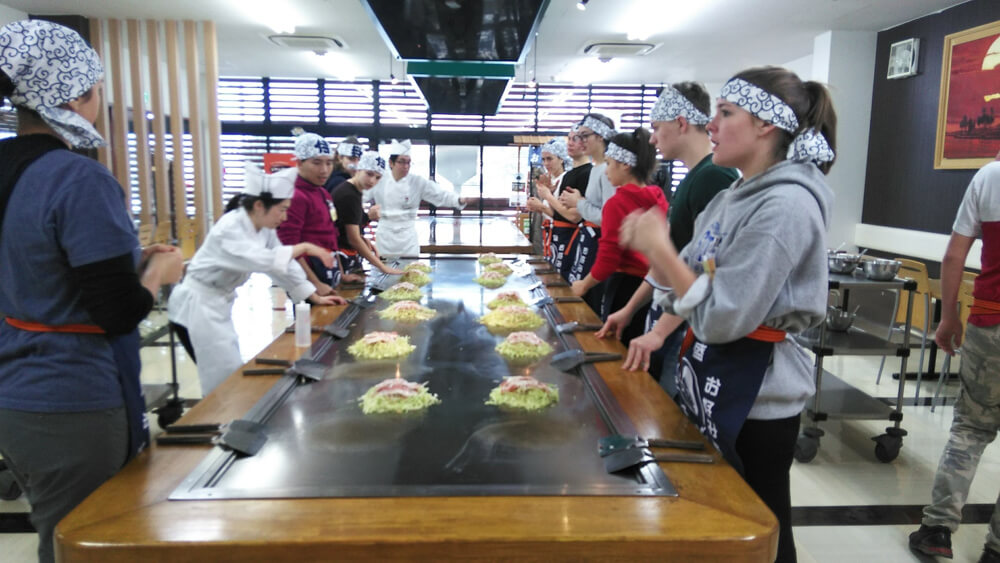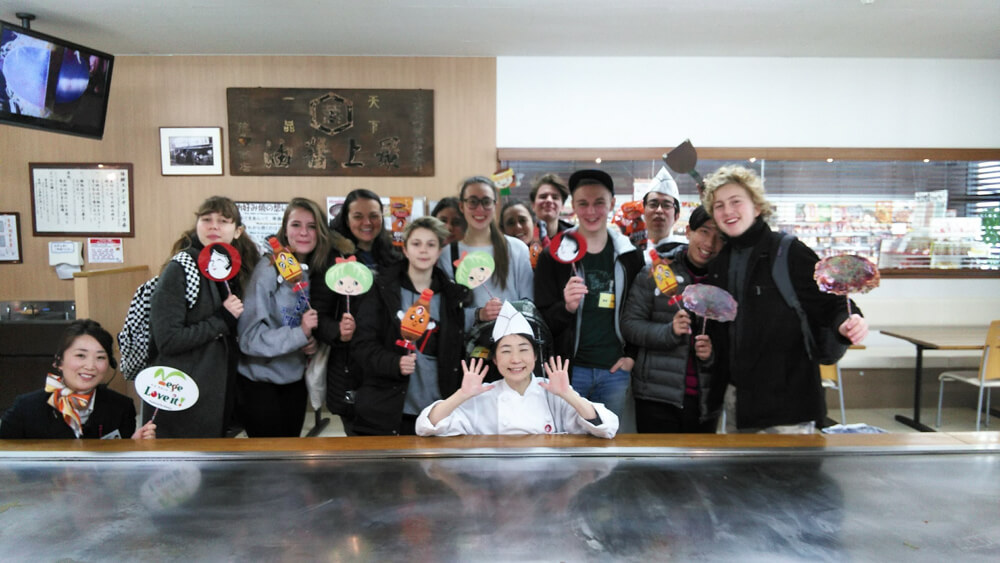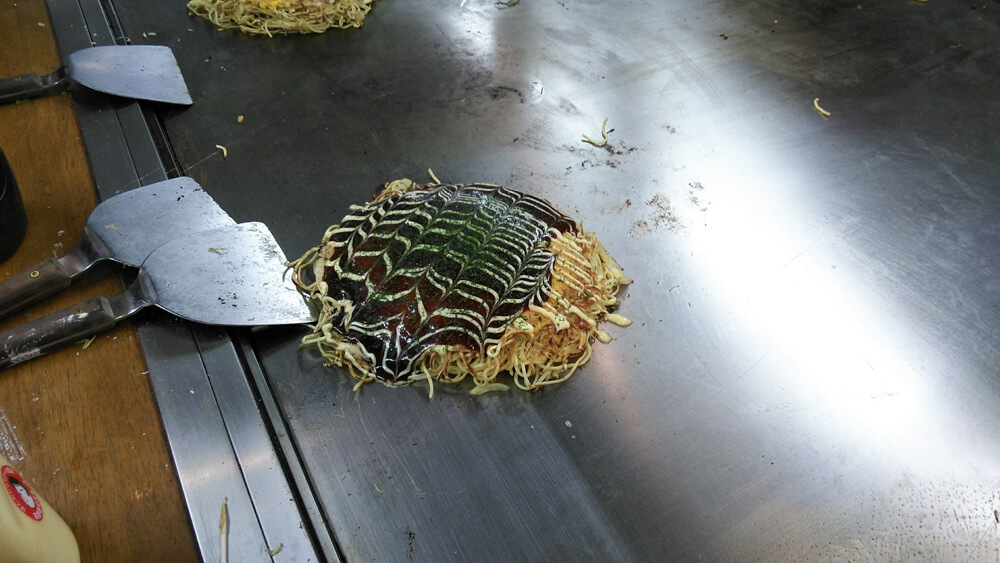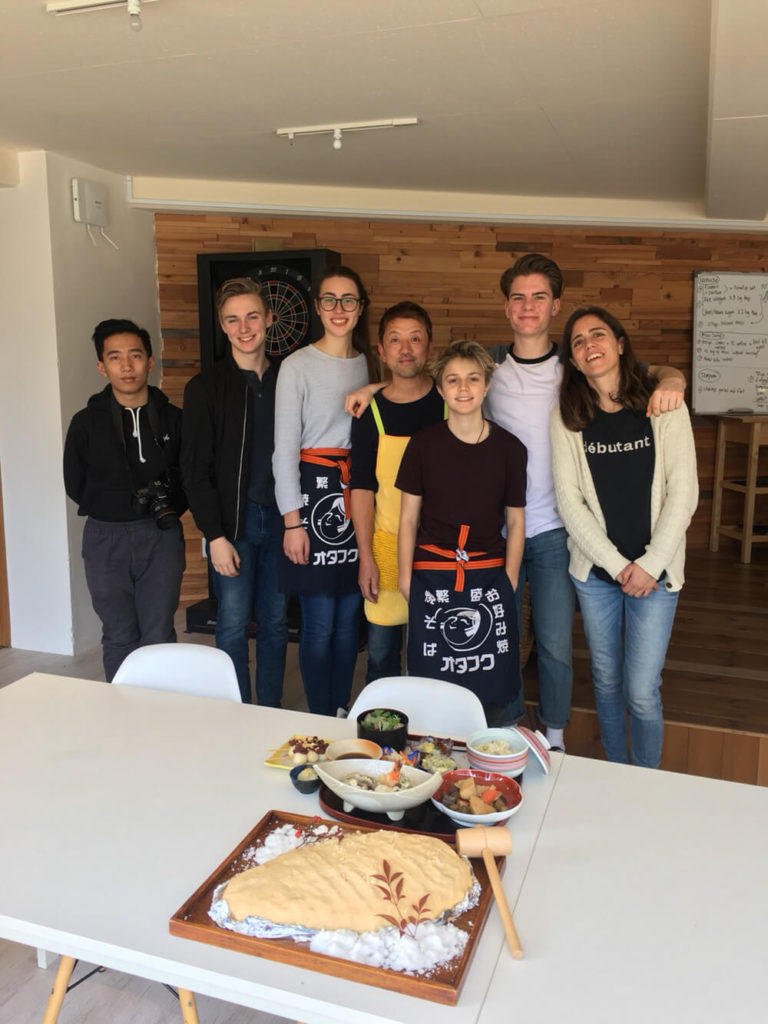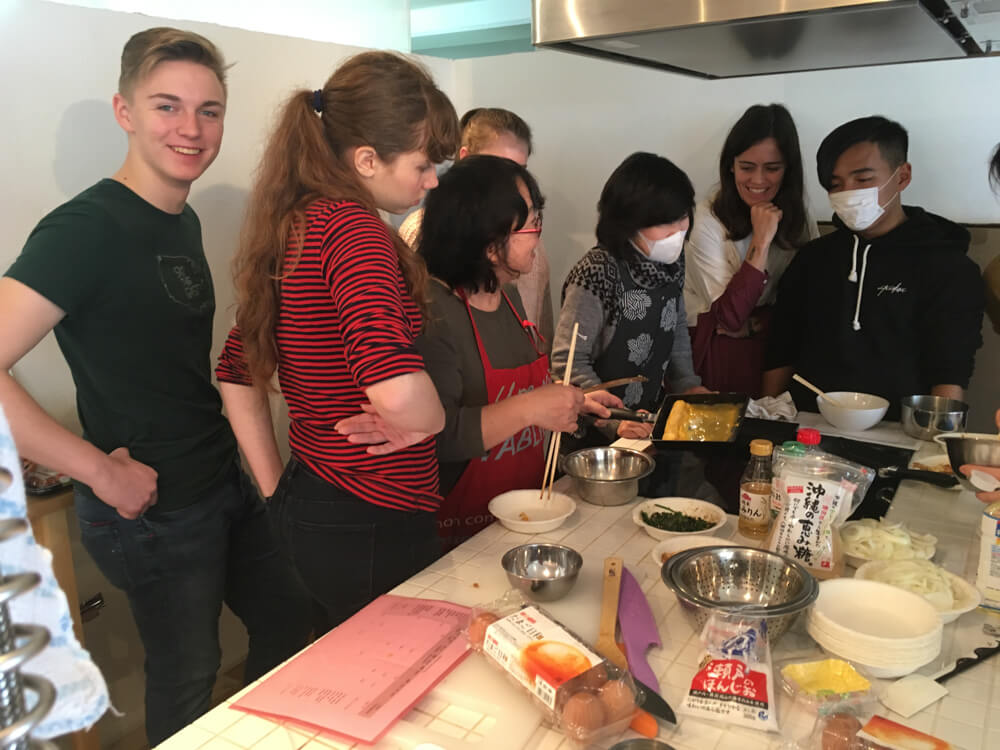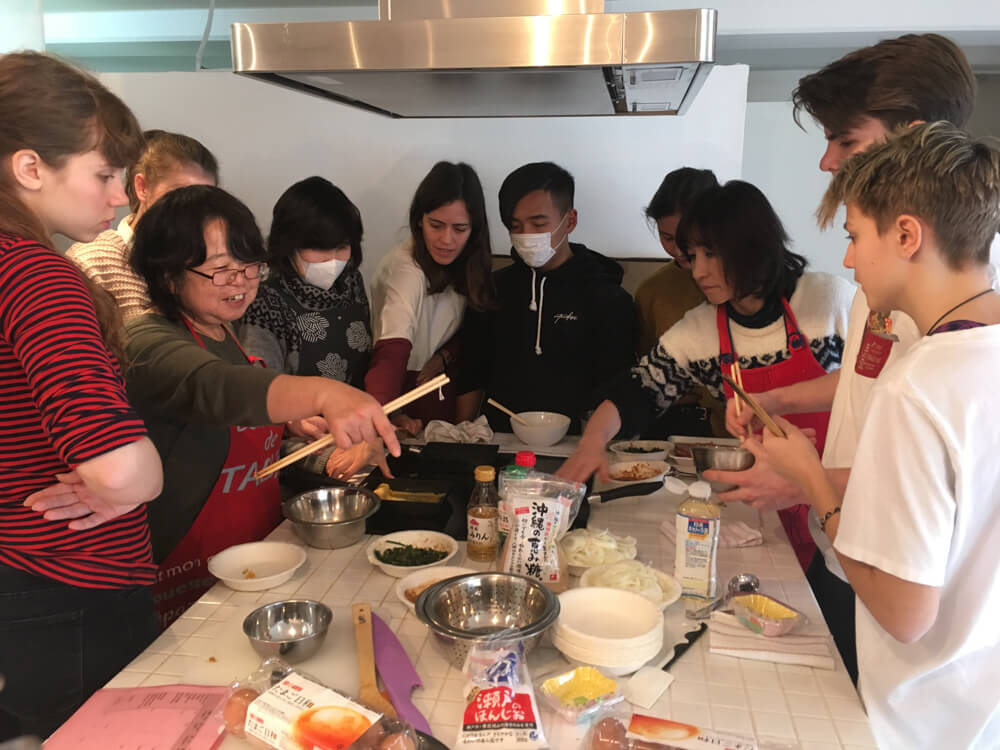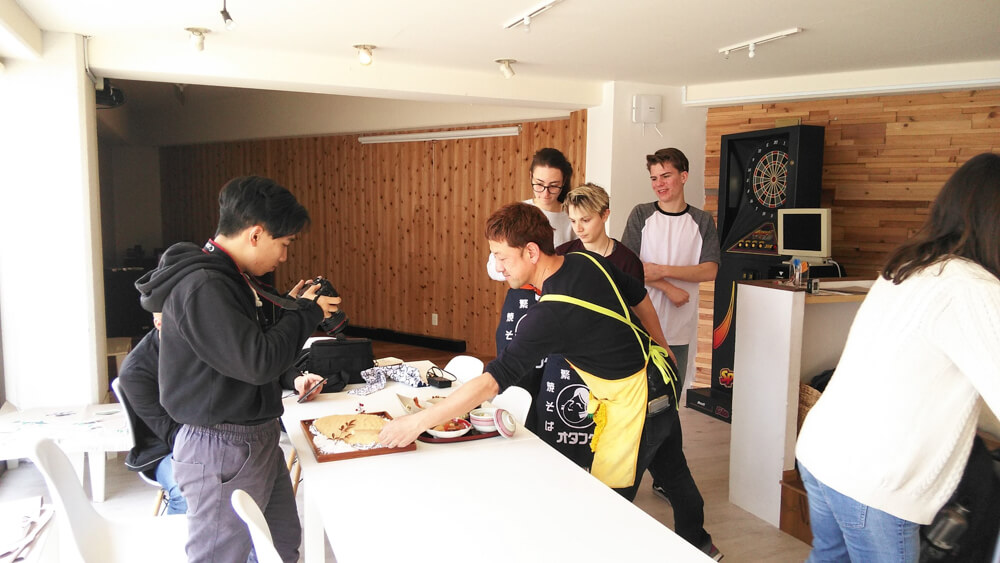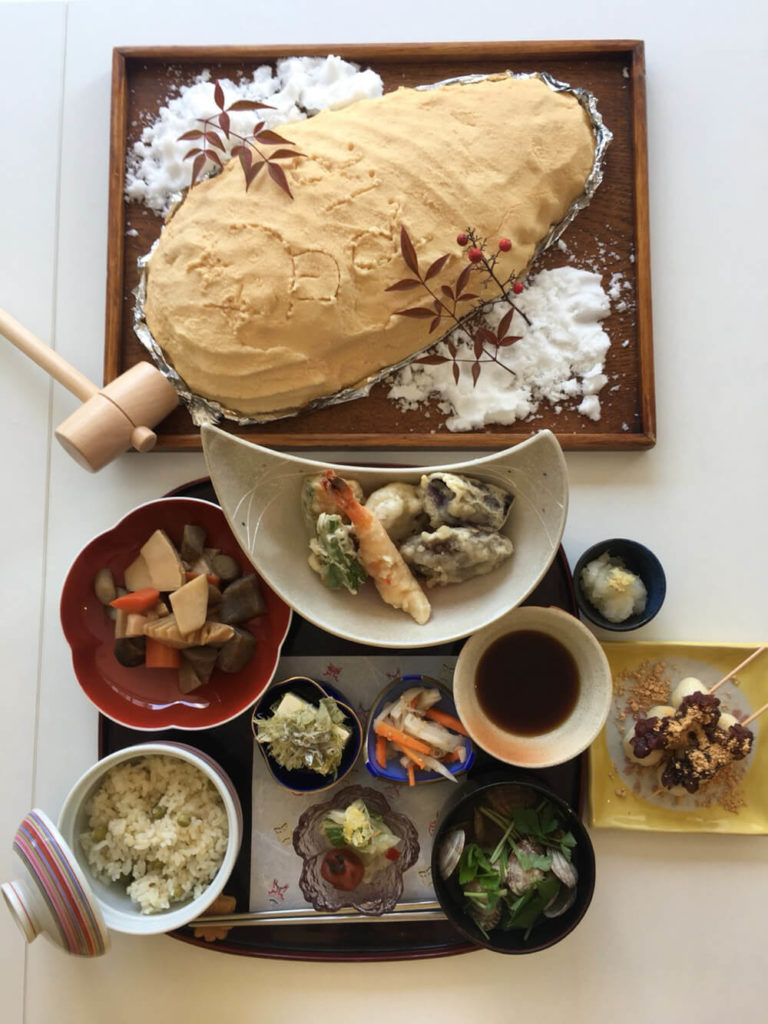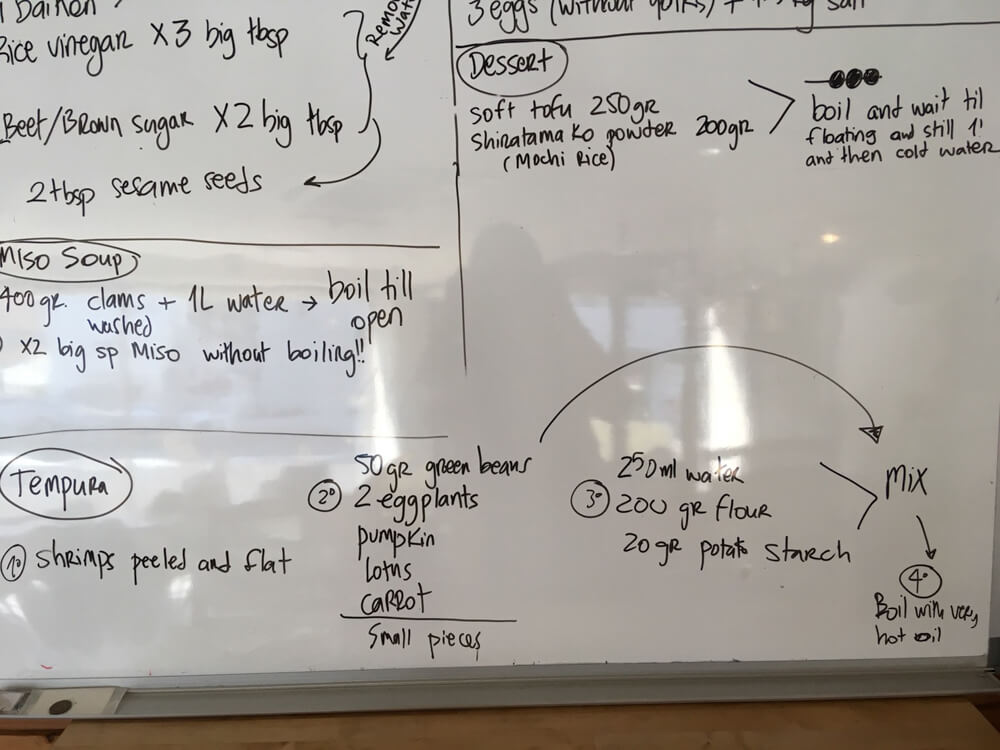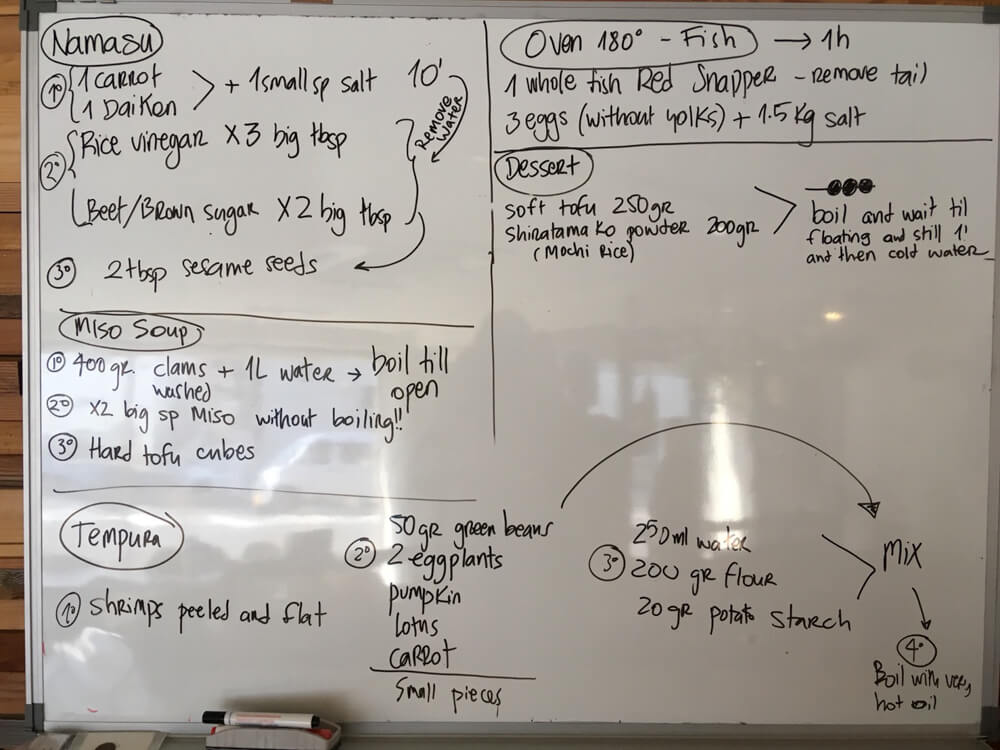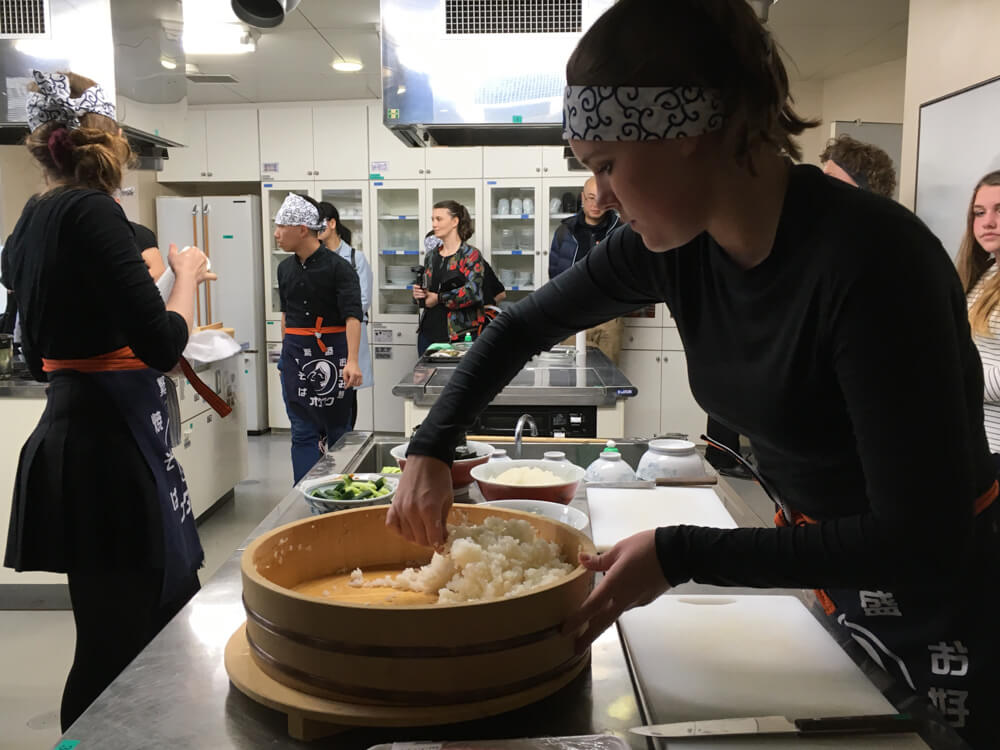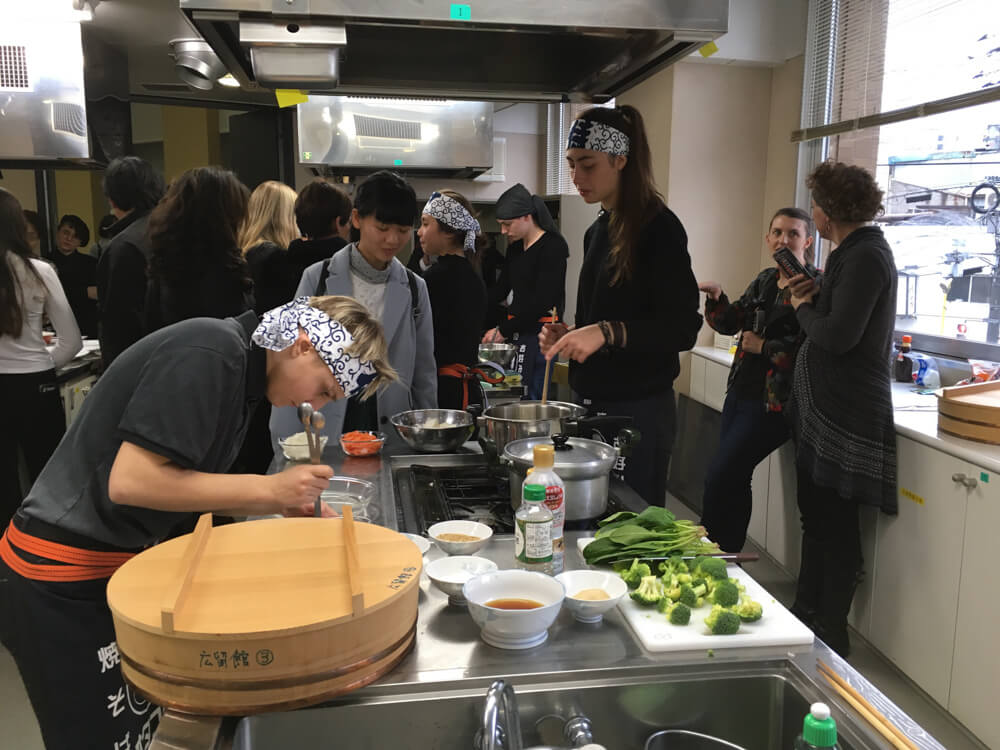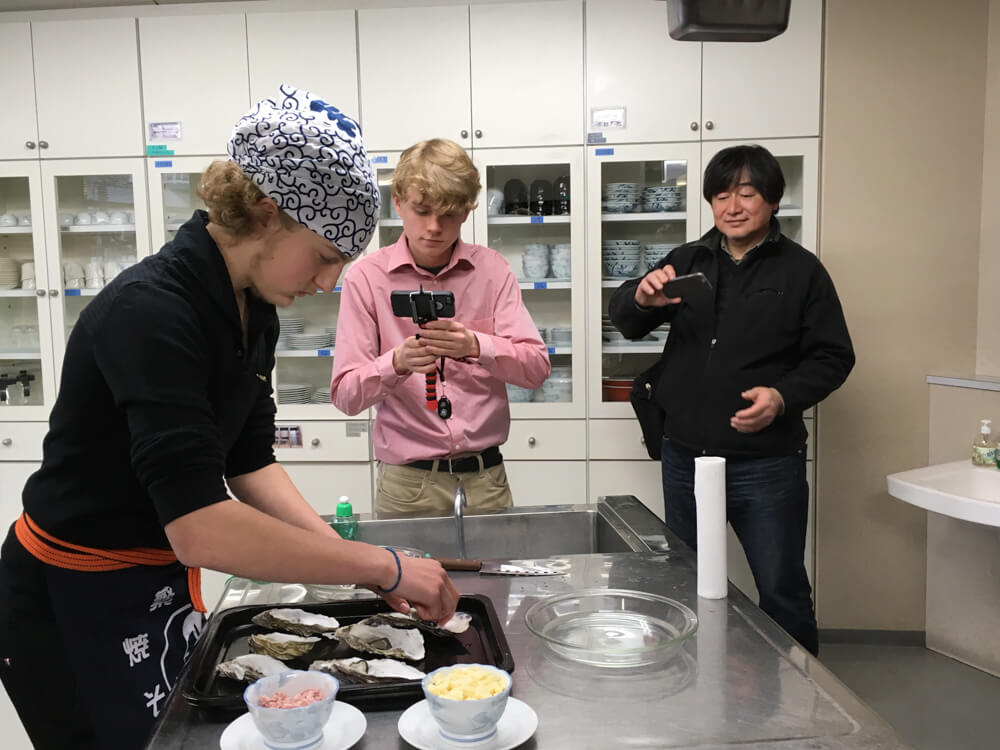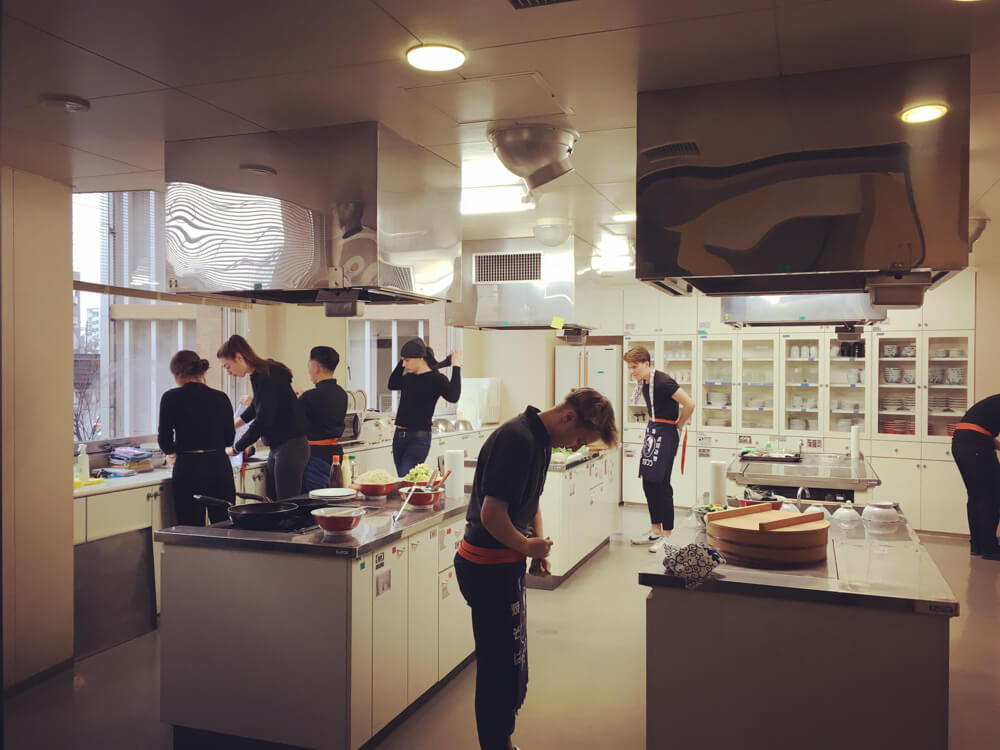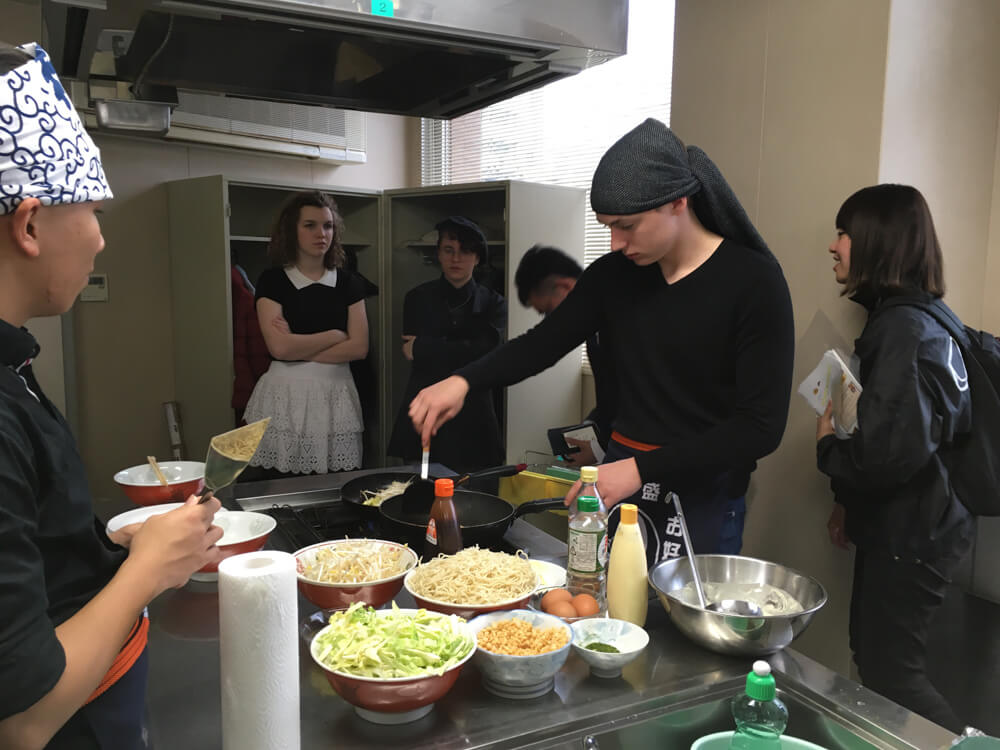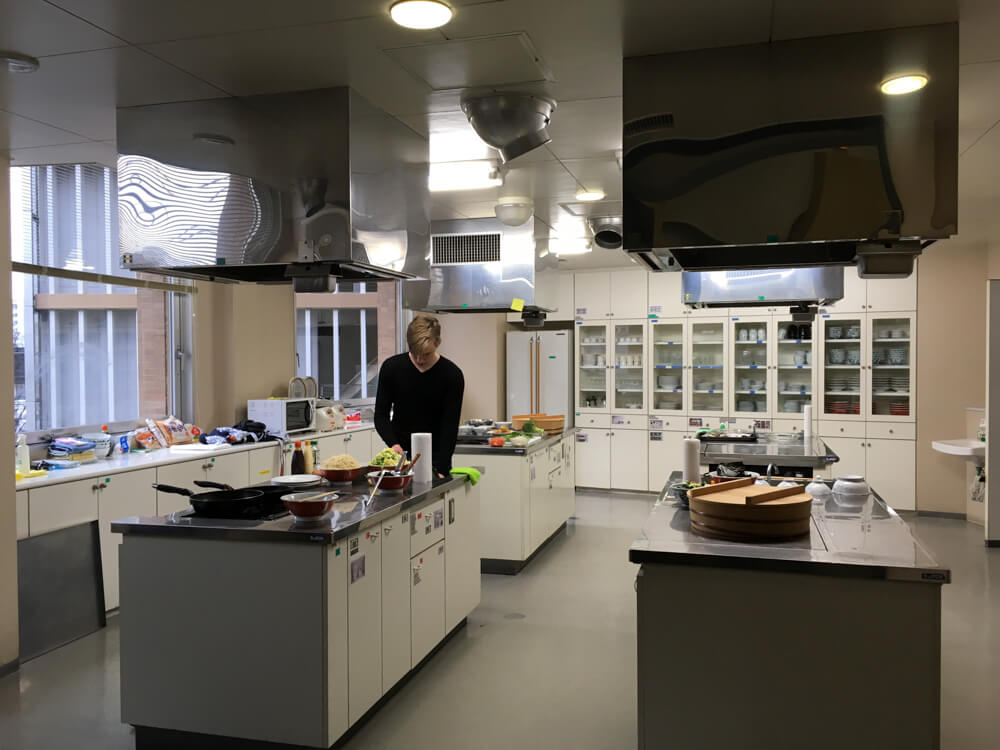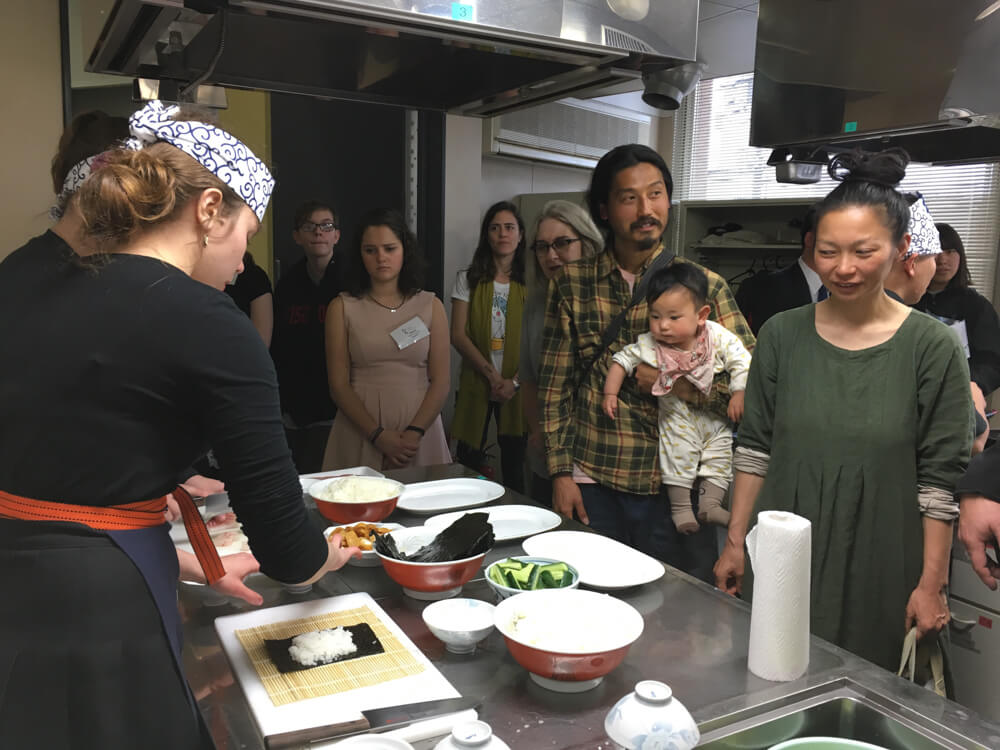Are you interested in applying to THINK Global School but aren’t quite sure if it’s right for you? That’s OK! It’s a decision that shouldn’t be taken lightly. To help you in your application process, we’ve put together a list of five things we feel every applicant to THINK Global School should know. We hope you find them helpful. 1) You’ll gain an education by living and learning in the...
Read MoreReason number 148,949 why it’s good to be Japanese: With an average life span of 83.7 years, people in Japan continue to outlive those in every other country, and Japan has now ranked #1 in life expectancy for over twenty years. Most experts agree that the Japanese diet of fish, vegetables, and fruit plays a major role in this longevity, but this steady consumption of seafood comes at a price: many of the fish, oysters, and eels that are popular delicacies here have experienced devastating population reductions over the years, the result of decades of overfishing, pollution, and oceanic changes.
This term one of our project-based learning modules focused on conscious consumerism, giving our students a chance to explore the delicate relationship between Japan’s human geography and its aquaculture industry. As part of the module, participating students attended a variety of cooking classes that taught them how to prepare delicious yet environmentally conscious meals, like sushi, okonomiyaki, and washoku. At the end of the term, students put their newfound culinary skills to the test by preparing an environmentally conscious seafood meal for everyone in attendance at our Project-based Learning Showcase.
Below you can find galleries from their cooking experiences and showcase. For other views on eco-friendly eating in Japan, visit Julia G.’s post on eating vegan in Hiroshima.
Sushi weXplore
Probably the most popular and well-known of Japan’s dishes, our students learned the difference between ngiri (fish or shelffish on rice) and sashimi (fish or shellfish served alone) as well as many other tips on crafting a menu of healthy and environmentally conscious sushi rolls.
Okonomiyaki (Savory Pancakes) weXplore
These savory pancake dishes derive their name from the work okonomi, which loosely translates to “grilled how you like.” These tasty dishes are usually filled with cabbage and seafood and topped with bonito flakes (dried, fermented, and smoked skipjack tuna).
Washoku (Traditional Japanese Food) weXplore
Quintessential Japanese food is known as washoku, which translates to Japanese (wa) food to eat (shoku). Washoku is typically made up of four elements: cooked rice, soup, side dishes, and tsukemono (Japanese pickles).
Conscious Consumerism Showcase
The term ended with a chance for our students to prepare a menu based off of the various dishes they’d experimented with throughout their time in Japan.


